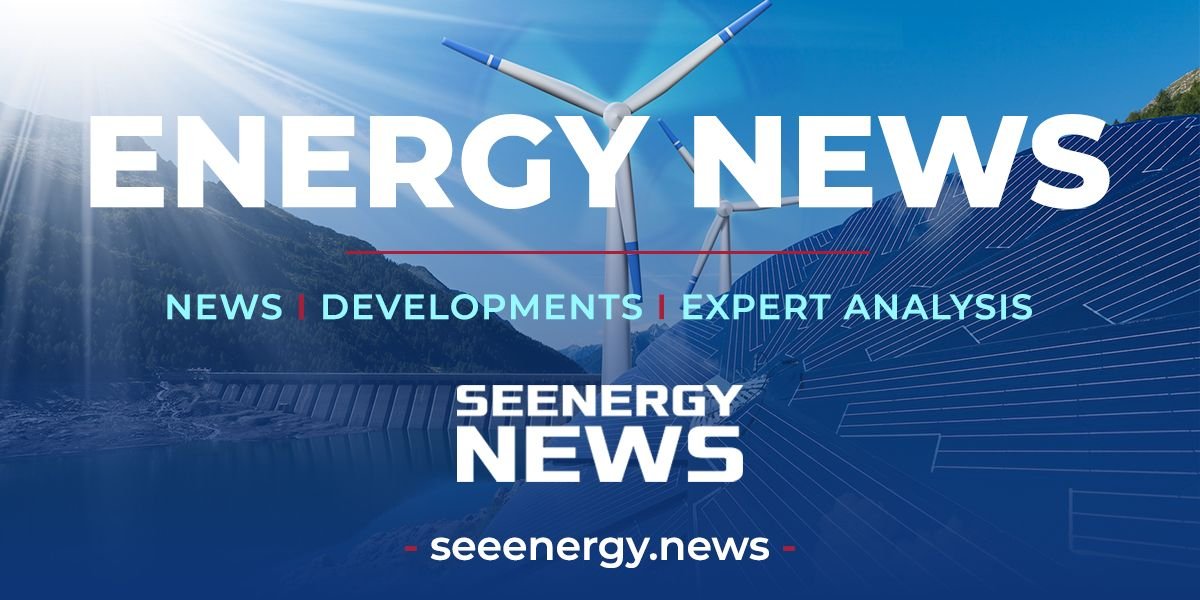The European electricity market is undergoing an unprecedented transformation driven by the rise of renewable energy sources. In this context, batteries and technology hybridization are playing a crucial role, not only in enhancing renewable integration but also in addressing price cannibalization and increasing return on investment.
Batteries: A more accessible and profitable technology
In the past year, battery prices have fallen by approximately 100%, making them significantly more accessible for energy storage projects. Additionally, with the widespread adoption of photovoltaic generation, the price gap between electricity during solar hours and nighttime has widened, enabling batteries to capture higher profit margins through arbitrage. This means that the profitability of batteries has progressively increased, as they can buy energy when solar demand is low and sell it later in the evening when prices are higher.
This advancement not only helps manage the intermittency of renewable technologies but also mitigates the issue of price cannibalization during peak solar production hours, stabilizing the market and optimizing revenue for installations.
Hybridization: Maximizing resources and market stability
The hybridization of technologies—combining different generation sources (wind, solar and batteries)—takes advantage of resource complementarity, increasing operational efficiency and extending generation capacity throughout the day. This approach helps smooth out fluctuations in market prices, reducing volatility and enhancing the profitability of energy projects.
By integrating renewable generation with storage technologies, hybrid installations not only boost production but also capture more value during peak hours, improving overall returns on investment.
The decline in battery prices and the growing opportunities for arbitrage in the electricity market indicate a promising future for investment in renewable energy, AleaSoft reports.










